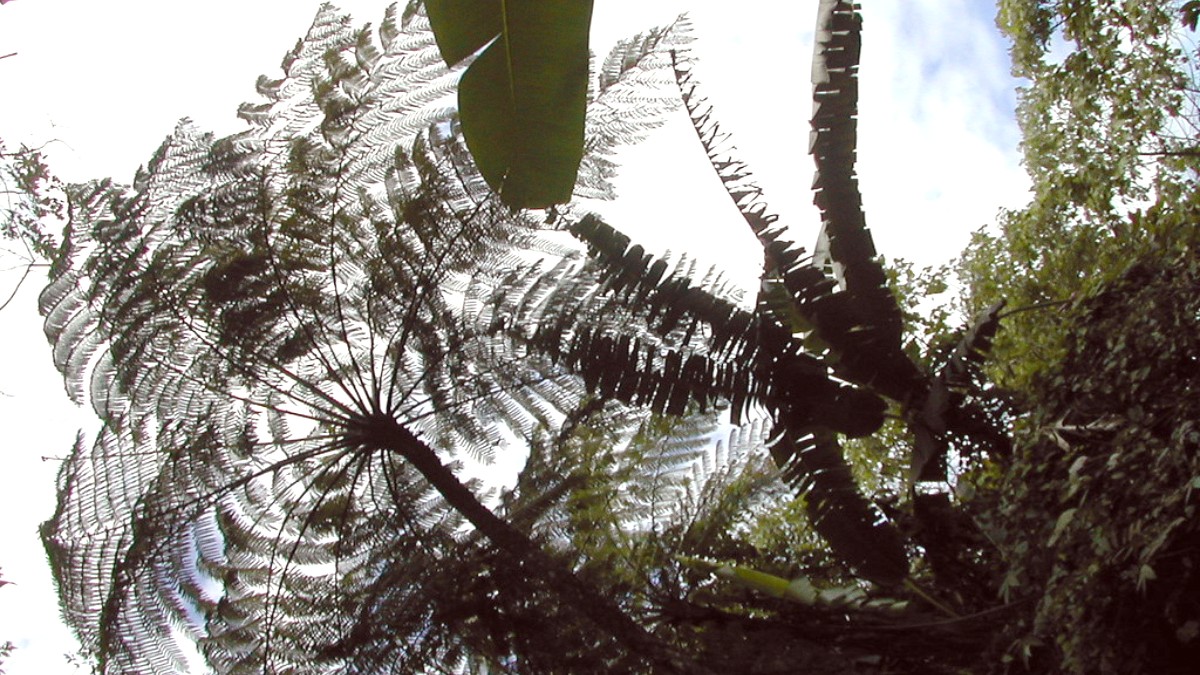
Malaysian Borneo Sabah, Malaysia
Sandakan sits on the northeastern coast of Sabah, one of Malaysia's two states on the island of Borneo. It faces the Sulu Sea, an area known for its rich marine biodiversity. The city is a gateway to some of Borneo's most biodiverse rainforests, including the renowned Kinabatangan River floodplain. This river system supports a diverse array of wildlife, making the region a prime ecotourism destination. The surrounding landscape includes mangrove forests, limestone caves, and vast oil palm plantations that have transformed parts of the region. Sandakan's geography directly shapes its climate, economy, and the activities visitors experience.
Sandakan is a deep and poignant history. It served as the capital of British North Borneo until World War II. The city flourished as a trading port, especially for timber, attracting a diverse population. This period left a legacy of colonial architecture and cultural influences.
During World War II, Sandakan became infamous as the site of a Japanese prisoner-of-war camp. Thousands of Allied prisoners, mostly Australian and British, faced horrific conditions. Most perished during the notorious Sandakan Death Marches to Ranau. The Sandakan Memorial Park stands today as a tribute to those who suffered and died, a poignant memorial of this dark chapter. Post-war, the city rebuilt itself, though Kota Kinabalu (formerly Jesselton) became the new capital of Sabah. Sandakan continues as a major economic center for timber, palm oil, and fishing. Its past defines its present, enriching any visit.
Sandakan sits on the northeastern coast of Sabah, Malaysian Borneo, facing the Sulu Sea. It is surrounded by biodiverse rainforests and mangrove systems, home to unique wildlife. The Kinabatangan River, a major ecotourism highlight, flows nearby. This region's geography significantly impacts its climate, economy, and visitor activities.
Once the capital of British North Borneo, Sandakan's past includes a flourishing timber trade and a tragic World War II prisoner-of-war camp. The Sandakan Death Marches remain a somber memory. Rebuilt post-war, the city now thrives as an economic hub for timber, palm oil, and fishing, with its history deeply etched into its identity.
Northeastern coast of Sabah, Malaysian Borneo, facing the Sulu Sea.
Equatorial, hot and humid year-round, with significant rainfall. Average temperatures 26°C - 32°C.
Sepilok Orangutan Rehabilitation Centre, Bornean Sun Bear Conservation Centre, Labuk Bay Proboscis Monkey Sanctuary, Kinabatangan River, Sandakan Memorial Park, Agnes Keith House.
Wildlife viewing, river cruises, jungle trekking, cultural walks, historical site exploration, fresh seafood dining.
A world-class hub for primate and sun bear conservation, offering direct encounters with endangered species, combined with deep historical significance.
Sandakan's economy historically relied on timber, evolving into a major center for palm oil and fishing.
Sandakan is renowned for its fresh seafood. Must-try dishes include Bak Kut Teh, a savory herbal pork soup, and UFO Tarts, an unique local pastry. The city's hawker centers present diverse, affordable flavors.
Grab (ride-sharing) is the most convenient transport option within Sandakan. Taxis and local minivans are also available. Rental cars serve independent exploration for areas beyond the city limits. Walking is pleasant in the city center and along the waterfront.
Local Currency: Malaysian Ringgit (MYR). ATMs and money changers are available. Cash is useful for markets and smaller eateries. Safety: Generally safe for tourists. Standard precautions against petty crime. Stay aware of local travel advisories concerning coastal areas of Eastern Sabah. Best Time to Visit: May to September presents drier conditions, better for outdoor activities and wildlife spotting, though showers can still occur.
A visit to Sandakan immerses travelers in an unique blend of nature, history, and culture. From wildlife conservation to poignant historical sites, the city presents a memorable journey.
This section provides a quick overview of aspects for any visitor.
Expect hot, humid conditions year-round with frequent rainfall, typical of an equatorial region.
Sandakan is a main entry point for Borneo's famed wildlife conservation efforts and river safaris.
The city holds significant historical weight, especially from its colonial past and World War II.
Within Sandakan, Grab offers reliable ride-sharing. Taxis and local minivans are also an option. For wider exploration, car rentals are available.
The Malaysian Ringgit (MYR) is the official currency. ATMs and money changers are common in the city.
Malaysia uses 240V, 50Hz. Plug type G (three-pin rectangular) is standard. Bring an universal adapter.
For all emergencies (police, ambulance, fire), dial 999 throughout Malaysia.
Major providers like Celcom, Maxis, and Digi have good coverage in Sandakan city and surrounding areas.
Prepaid SIM cards with data plans are readily available at the airport and city shops. Passport registration is standard.
Most hotels and many cafes offer free Wi-Fi. Connectivity in remote lodges (Kinabatangan) may be limited or absent.